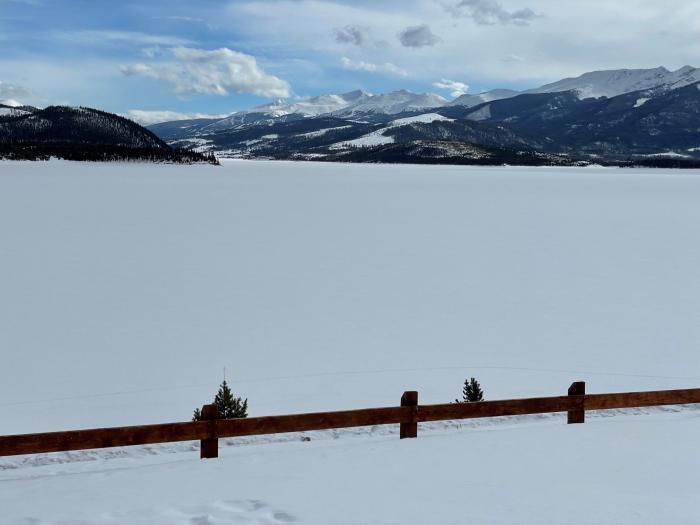Rejoice, the Ides of March
March Magic.
That’s what Denver Water calls the big, wet juicy storms that bury the landscape, saturate the soil, pour melted water into reservoirs and pump up the snowpack far and wide.
Last week’s blast, stretching from Wednesday evening into Friday’s wee hours, was just that, some March Magic that should translate into a big boost for Denver’s water supply as we edge closer to runoff season.
The Pi Day storm — and the second Pi Day (March 14) storm in four years — puts Denver Water’s supply status in strong shape on the eve of spring. Assuming we don’t suffer a dry April, the storm should ensure the utility has full reservoirs, better soil moisture and improved stream flows as the weather warms.
“It’s been 20 or more years since we’ve had a storm like this in the lower elevation areas of our collection system,” marveled Nathan Elder, Denver Water’s manager of water supply.
That’s a reference to the miracle of 2003, a storm so big it busted one of Colorado’s worst droughts (2002) in decades.
“We know upper elevation snowpack at the top of the peaks above 10,000 feet is in good shape, and with this storm bringing snowfall totals in the 20-to-30-inch range down lower — that will really increase the odds of a healthy runoff season and full reservoirs in 2024,” Elder said.
Some notable numbers from the March 13-15 storm include:
The 23 inches of wet snow at Eleven Mile Reservoir near Lake George, just one of many places in Denver Water’s system that received more than 20 inches of heavy, wet gold, makes this the third-wettest March ever at the reservoir, with half the month still to come.
Gross Reservoir in Boulder County saw 32 inches of snow and 3.5 inches of water content, making it the wettest March since, yes, 2003.
The storm left snowpack at 121% of average within Denver Water’s South Platte Basin collection system and 117% of average in the utility’s Colorado River Basin collection system.
9News meteorologist Chris Bianchi echoed Elder’s view that the storm had a big impact at some of the lower-elevation regions of the mountain.
Bianchi surmised that this March storm was the “biggest foothills storm” since the liquid gold event of March 2003, with widespread totals of 30+ inches nudging it above the March 2021 storm, one in April 2016 and another in December 2006.
Elder also noted that the storm put Denver Water’s collection above normal for the all-important “SWE” — snow-water equivalent, which is the volume of water contained within the snow.
In the South Platte Basin, Denver Water’s SWE estimates are 2 inches ahead of normal for this time of year, and they are 2.5 inches ahead of normal in the Colorado River Basin where the utility collects water, surpassing peaks of the last two years.
Forecasts are calling for more mountain snow this March, so with luck, we’ve not yet seen the last of our March Magic.




